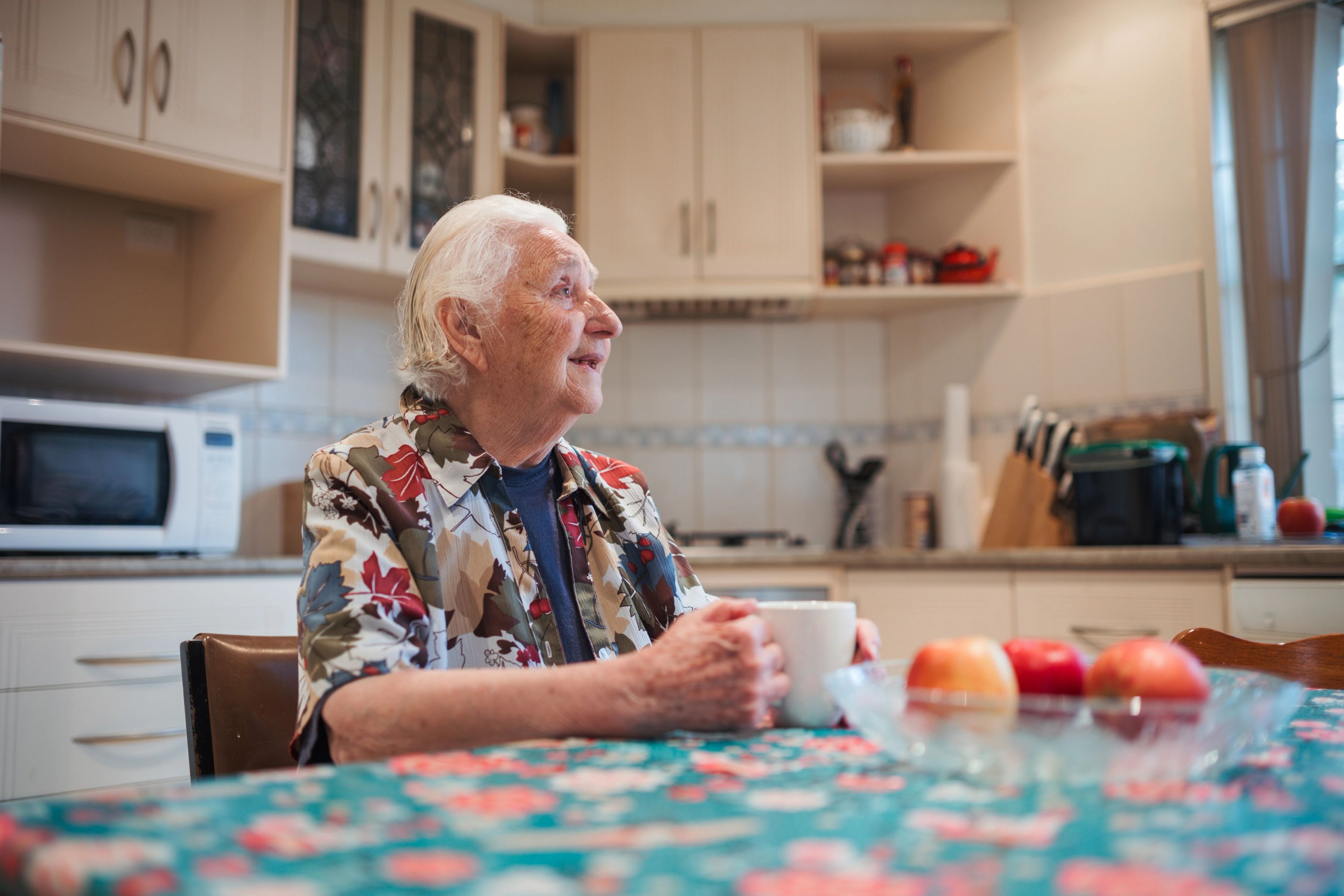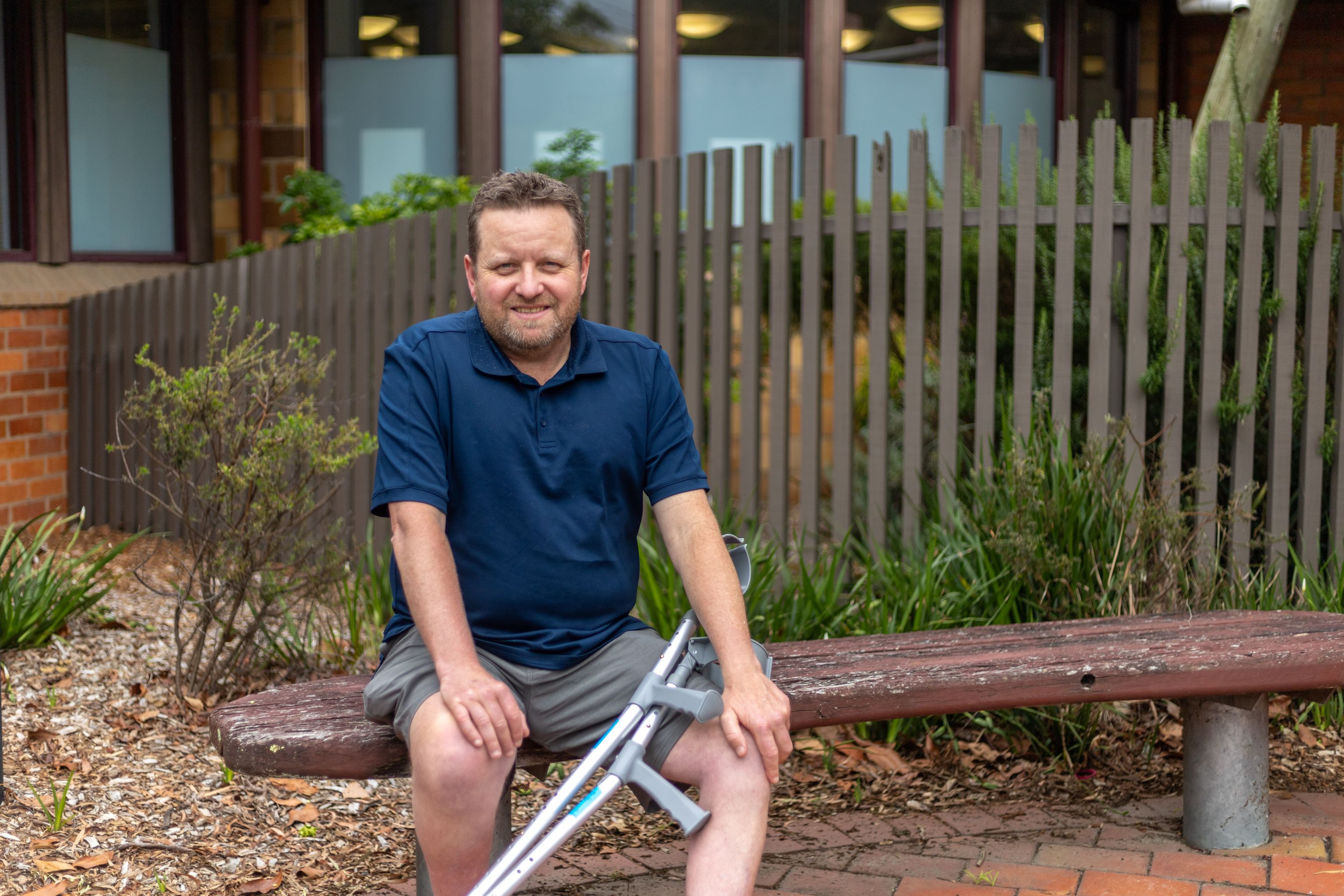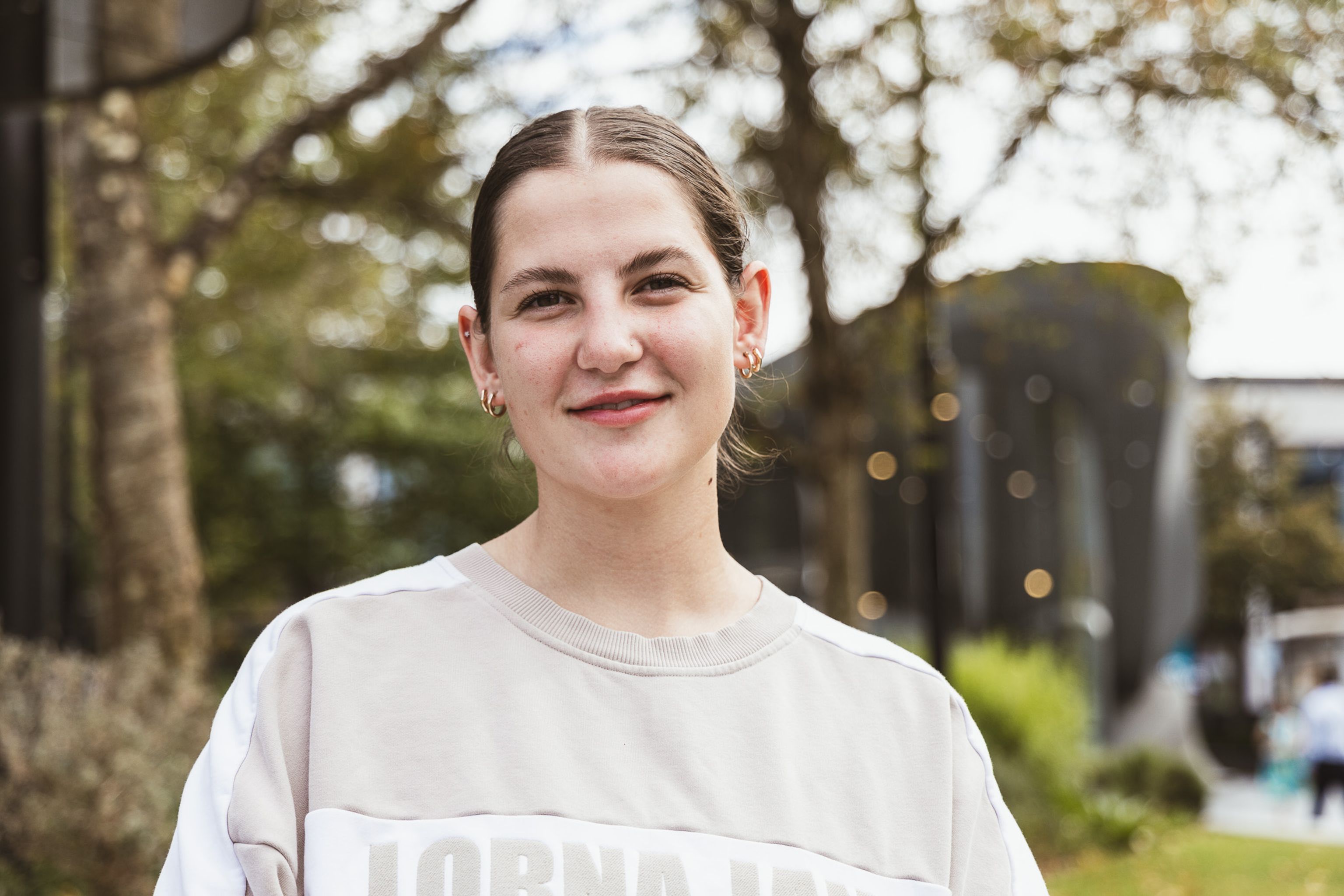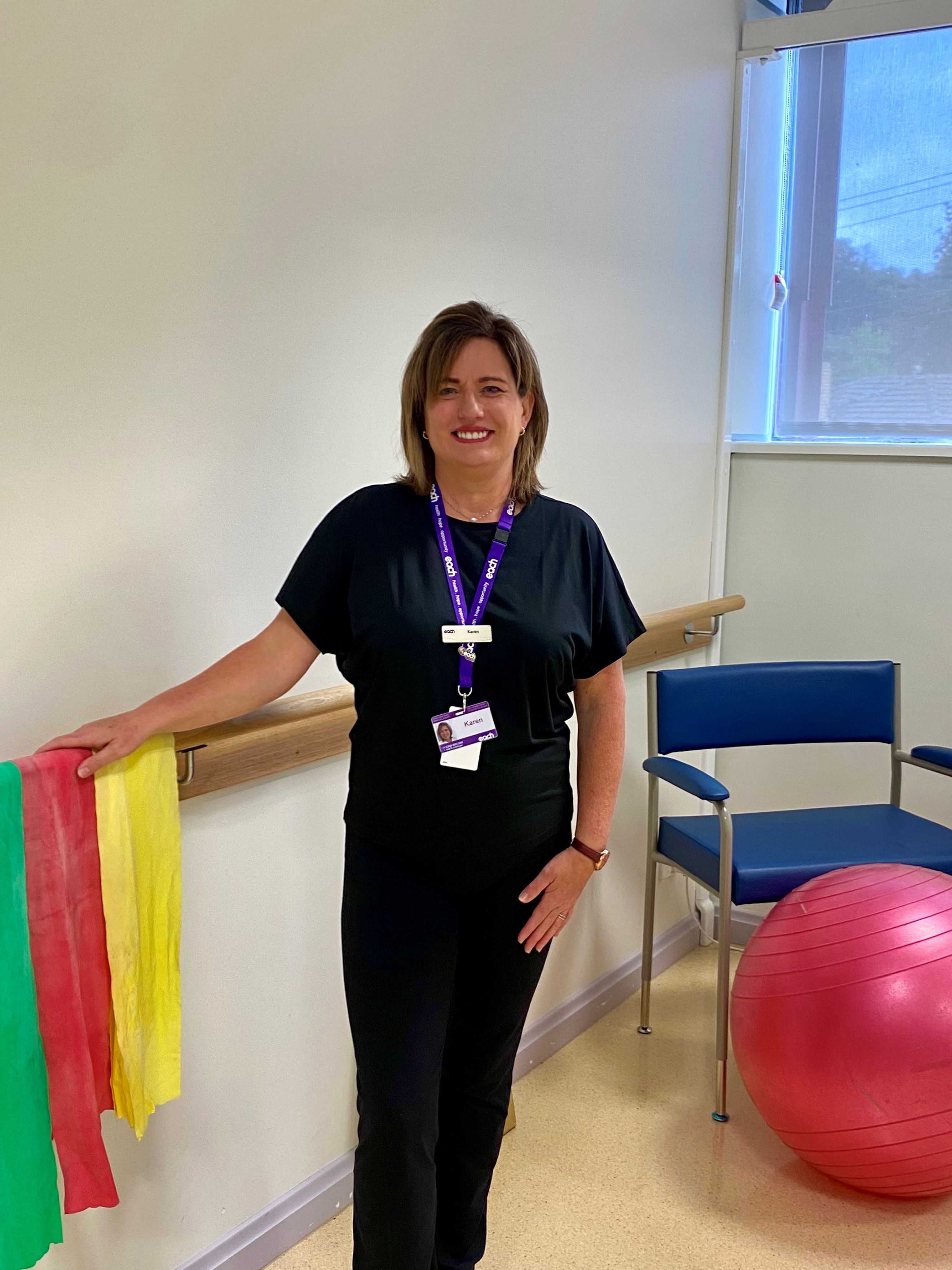The La Trobe evaluation found that:
- 72 per cent of people felt better able to manage their own health because of the program
- They reported better understanding of their health and improved quality of life, especially in social and emotional wellbeing.
- Trips to hospital emergency departments and hospital admissions dropped significantly during and after the program.
- This reduction of avoidable hospital visits generated savings of up to $7.3 million. That’s a $13 saving to the healthcare system for every $1 spent on our Health@Home!
Given the choice, most people would prefer not to go to hospital. The La Trobe assessment found that when hospitals and community-based services work together, unnecessary hospital admissions can be avoided and people can stay well at home.
Working together: person-centred care
Health@Home Pathways (previously Pathways++) was a partnership with Eastern Health, designed to support people living with long-term illnesses who are at risk of frequent hospital visits.
Health@Home Pathways introduced a new model of care focused on personalised, community-based support. Instead of relying solely on hospitals, participants received in-home care and were connected to local services like GPs, physios, mental health support, and social programs.
The program supported more than 240 clients in Melbourne’s eastern suburbs, mostly aged 70–89 with multiple chronic conditions. People received the level of care they needed, from intensive nurse-led support to community health services.
People learned to better manage their health conditions, avoided unnecessary hospital visits and enjoyed improved wellbeing – all while easing pressure on the hospital system.
Trechelle Herington, Team Leader and Senior Project Lead, Chronic Disease at Each said that the program reduces barriers for people with chronic diseases navigating healthcare.
It’s a big adjustment when a person is diagnosed with a chronic condition — and then they are suddenly expected to navigate a complex health system on top of that. Having a nurse educate them at home on managing their condition and link them with services can significantly improve health outcomes. It’s proven to keep them well at home, where they want to be.
— Trechelle
What people said
The people who took part in the pilot were positive about their experiences:
- Over 85 per centsaid they felt supported and respected by staff.
- Nearly all said they would recommend the program to others.
- Many reported feeling more confident in managing their health and appreciated the home visits and personalised care.
It kept me alive in a lot of ways. It saved our lives. Coming around to measure my vitals, taking weights and checking fluids - it made a real difference.
— Health@Home Pathways participant
Supporting people with chronic diseases
Based on the success of the pilot, we are continuing to provide the Health@Home Pathways with Eastern Health.
Chronic diseases are a major challenge for Australia’s healthcare system. Our collaboration with Eastern Health shows that compared with hospital care, community-based support can be more effective and less costly.
The program drove better health outcomes, reduced acute care use, and improved service integration in eastern Melbourne. We’re now looking to expand on the success of the service, sharing our model of care with other services to help more people.
Programs like Health@Home Pathways can help address one of our biggest national challenges. They can be scaled and adapted throughout Australia.
But to do that, we need governments to prioritise and fund preventative care.






